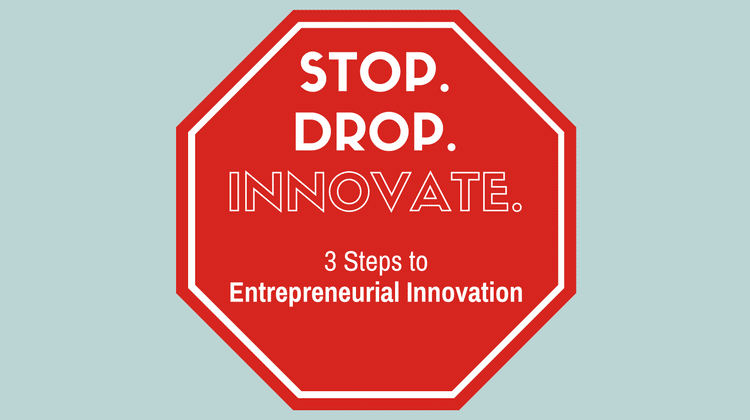
Yale University is teaching innovation. The Yale Entrepreneurial Institute launched programs that connect students with opportunities for social entrepreneurship. The discipline of innovation is not new – Adam Smith in his 1776 “The Wealth of Nations” posits the division of labor fuels innovation.
What can you do as an entrepreneur to lead the charge and innovate within your industry?
1. Identify a Need.
This phrase is deceptively simple. Identifying a gap in your industry is anything but easy. Take the time to:
- Study and research trends,
- Monitor client and customer comments and complaints
- Listen to the community of users
This could take years. Yet, it is in this conversation between the entrepreneur and the public that innovation begins. The entrepreneur identifies ‘something’ the end user wants from products and services that they can’t get.
Take the iPod for example. Before its release, there were other MP3 music players. There were also websites, like Napster, that would let the end user ‘rip’ music digitally and save it to external drives. However, by listening to the end user’s want for an easier interface, a more portable device, and more storage capacity, the iPod was born and the tide turned for Apple and CEO Steve Jobs.
Combining the iPod with iTunes was Apple’s entrance into an industry the technology company was not a part of — the music industry. Apple never looked back and grew from a Personal Computer company to a multibillion dollar multimedia giant.
2. Cross Pollinate.
Breaking music industry standards with iTunes was a result of pollinating the computing company with the music industry’s gap (the lack of response to the consumer’s desire for digital music). In the same way, the telecommunication company Motorola introduced Six Sigma as a process improvement measurement tool. However, the innovative use of that resource by other industries has created a cadre of quality and improvement professionals that infiltrate every industry from healthcare to higher education.
3. Take Risks.
One of the major characteristics of an innovator is that they are willing to take action when others don’t see its purpose. Venturing into uncharted territory is core to innovative thinking and the foundation for a company’s sustainable success.
The innovative entrepreneur must be a failure-tolerant leader. You must be willing to see beyond simplistic definitions of success and failure and embrace failures as exercises in learning. It requires a non-punitive, non-judgmental approach to evaluating your professional decisions and your experiences. Mitigating risk with knowledge, planning, and preparation will help as you move toward a new perspective of what is and is not failure.
Remember, innovators find new sources and uses of current resources to fill needs. Innovation did not grow another peanut. It did not fundamentally change agriculture. Innovation found new ways to use the peanut and gave us peanut butter.
When you take a risk and expose an alternate use of an already successful product or service, you are the pioneer, which is exactly what every entrepreneur strives to be.

